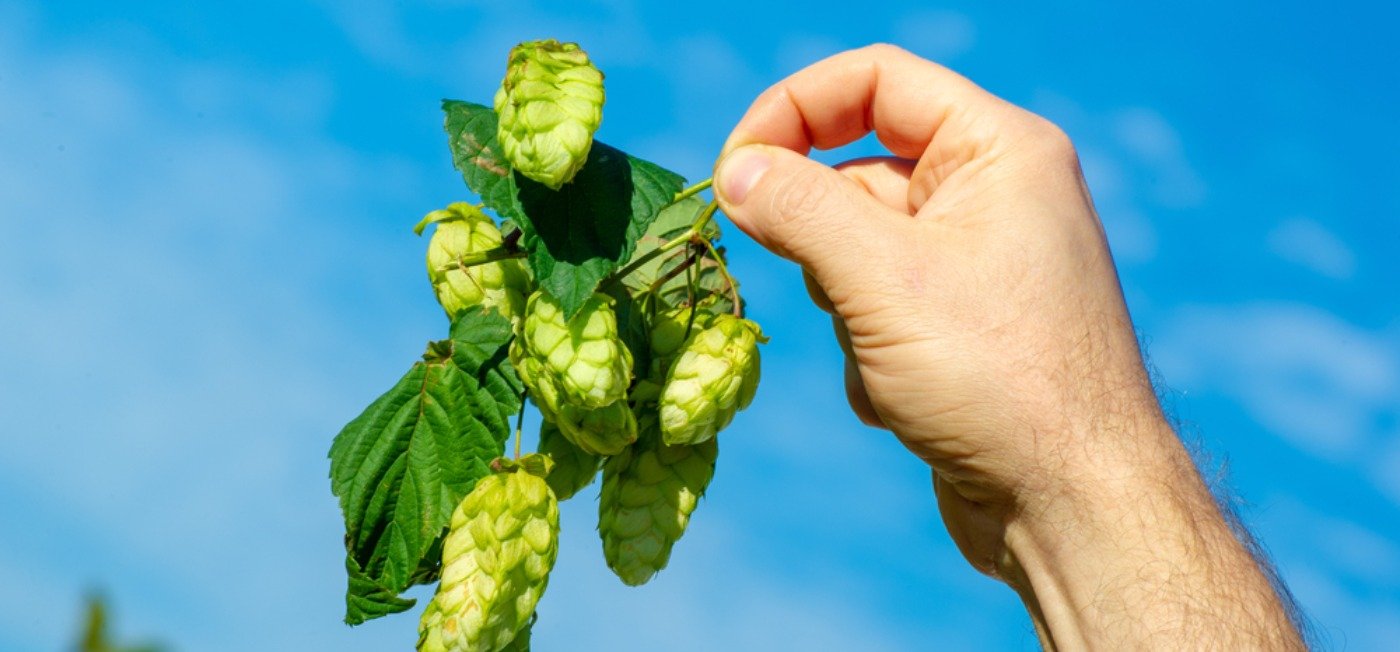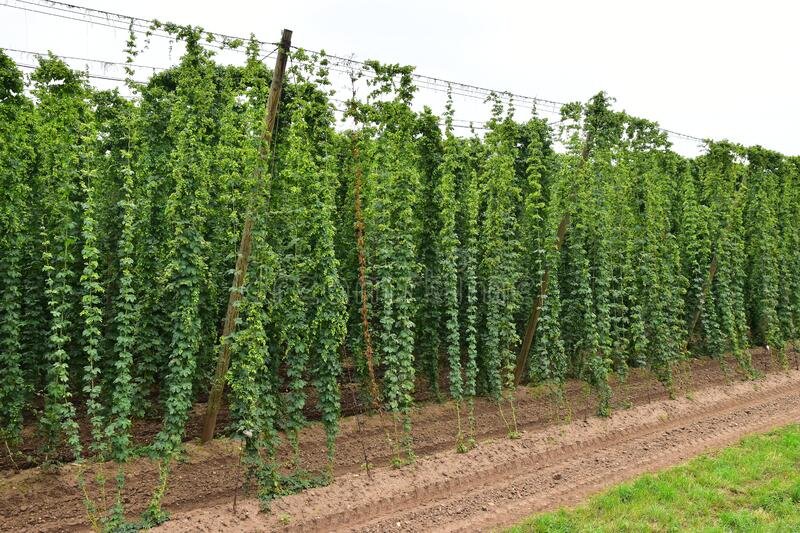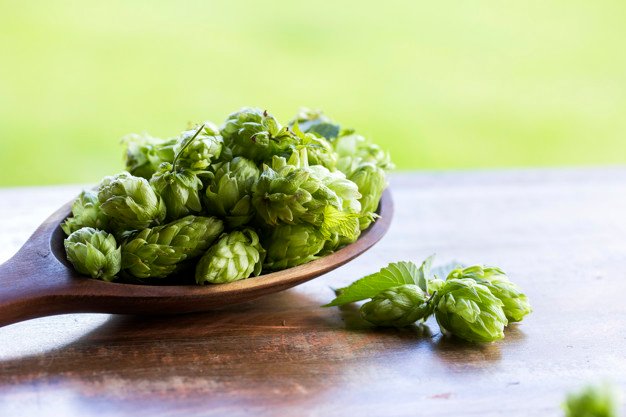How To Grow Your Own Hops
How To Grow Your Own Hop for beer industry has been estimated to be worth $100 billion. Targeting this billion dollar market comes with both the drawbacks and perquisites of brewing, both in the commercial slash mass production fields and the home beer making trade. In 2007, breweries across the United States experienced a widespread shortage of hops. What hops are to beer is what cocoa beans are to chocolates. A double whammy was in store for European brewers because of the fact that they were also affected by extreme weather conditions.

These unforeseen industry episodes gave way to a more efficient trend – brewers growing their own hops. Since craft brewers generally use more hops than giant breweries, the drifts on hop farming were more so practical and productive for them. Beer moguls had the luxury of having lock-in negotiations with farmers regardless of the availability of hops. This ostensibly pushed smaller industry players to counteract the shortage by opting for more self-reliant measures. Today, hop gardens are gradually burgeoning among American homes, and are fast becoming staples in every craft brewer’s estate.
How To Grow Your Own Hops & the Basics in Growing Your Own Hops

Location: A strategic location will be an area that’s generally exposed to sunlight. Hops require an average of 6 to 8 hours of sun exposure every day. Since they are perennial vines (also termed as bines), they would need a vertical form of support such as pole systems or garden trellises. The ideal trellis height would be 10 feet, and proper rigging between the posts of your trellis is also crucial so as to hold the hops as they climb up and down the vertical support system.
Soil Quality: Be sure to loosen the soil in your target location. Hop roots spread pretty quickly and should therefore be trimmed every season. A well-aerated and well-drained loam will serve as warranties that your hops will have enough room to breathe and grow. Allow proper spacing to separate them as well. A commercial fertilizer or well-aged manure will be great add-ons to give you the peace of mind that your hops are indeed laid on healthy beds. Spring is always the best season to fertilize, since this is usually the time when the buds have already opened. A soil with good depth, sufficient nutritional sustenance, sound drainage, and enough moisture will positively produce healthy hops. Ideal pH levels should range from 6.5 – 8.0.

Hop Rhizomes: Hops are not planted from seeds, but from root cuttings. Only the female hop rhizomes are used for growing hops, as the female hops are responsible for the bitter and aromatic quality of beers. A spacing of at least four feet is recommended for those who are planning to plant more than one hop rhizome. The rhizomes should be planted at about 4 inches below the soil’s surface, and any shoots or buds present in the rhizome should be positioned to point upward, towards the soil’s plane.
Harvest: The appearance of hop cones is a significant sign of harvest. There are basically two signs to look out for to distinguish mature hops from those that aren’t ready for picking. Mature hops tend to be drier with a paper-like texture and a lighter green color, while immature hops will have moist or damp qualities, and would stay compressed when squeezed. Another “pick me” indication is when the lupulin, seen in the form of a yellow powder, appears in a dark yellowish shade. Lighter yellow tones are indications of unripe hops. Using scissors or knives to trim the stems can help avoid great losses of lupulin that may be caused by hand pulling the hops or the cones. Gloves and long-sleeved clothes are advised against probable allergies or skin irritations.

Post- Harvest Care: After drying your hops through homemade or commercial hop dryers, be sure to put them in a well-sealed bag, with the least possible oxygen content. Trim the bines back to three or four feet after you harvest your hops. Trimming the roots at reasonable intervals will also prevent them from crowding your yard or your hop garden. During the fall, your hops will slowly switch to dormancy mode. Their bines will eventually die back to the original crowns, and the crowns’ metabolism will decline as the temperatures drop at freezing point. This is the best time to do more bines-trimming. The crowns should also be covered to prepare them for the next season.
Fertilizing the soil on a regular basis is also an imperative because hops a very big appetite for nutritional content. Commercial fertilizers rich in Nitrogen, Potassium, and Phosphorous will give a pretty healthy soil bed. Another alternative would be a well-drained or dehydrated cow manure. Remember that the organic matter in the soil, which should ideally make up 30%, is a crucial factor in ensuring that the roots of your hop get proper sustenance. Regular watering should be established, most especially in the crown area. Just be sure that their roots won’t soak in water because this will lead to rotten hops. This is the main rationale why they need a well-drained soil system. Avoid sprinklers because they tend to cause mildew formation. Growing healthy, strong, and sturdy hops will help increase their resilience against pests and diseases.

Growing hops may not be the easiest undertaking that people can get themselves into. But at the end of the day, all the sweat and the legwork will be worth it, especially after indulging on a flavorful plunge that only handcrafted homemade beers are made of.
For Contract Fish Farming feel free to know more at reach-us@ithinkbusiness.in or call/whatsapp us on 8887222713







GIPHY App Key not set. Please check settings